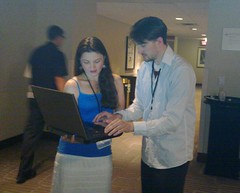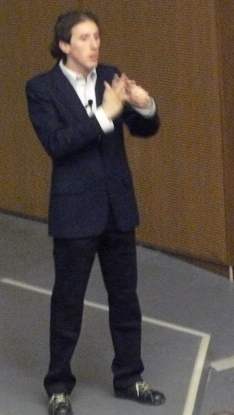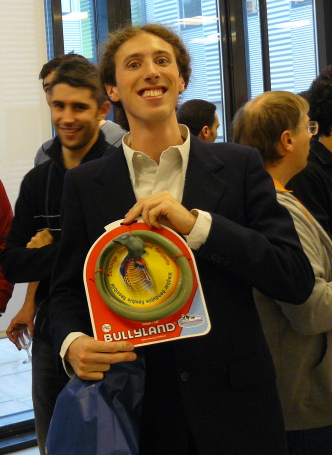Job offer: data crunching brain functional connectivity for biomarkers
My research group is looking to fill a post-doc position on learning biomarkers from functional connectivity.
Scientific context
The challenge is to use resting-state fMRI at the level of a population to understand how intrinsic functional connectivity captures pathologies and other cognitive phenotypes. Rest fMRI is a promising tool for …






